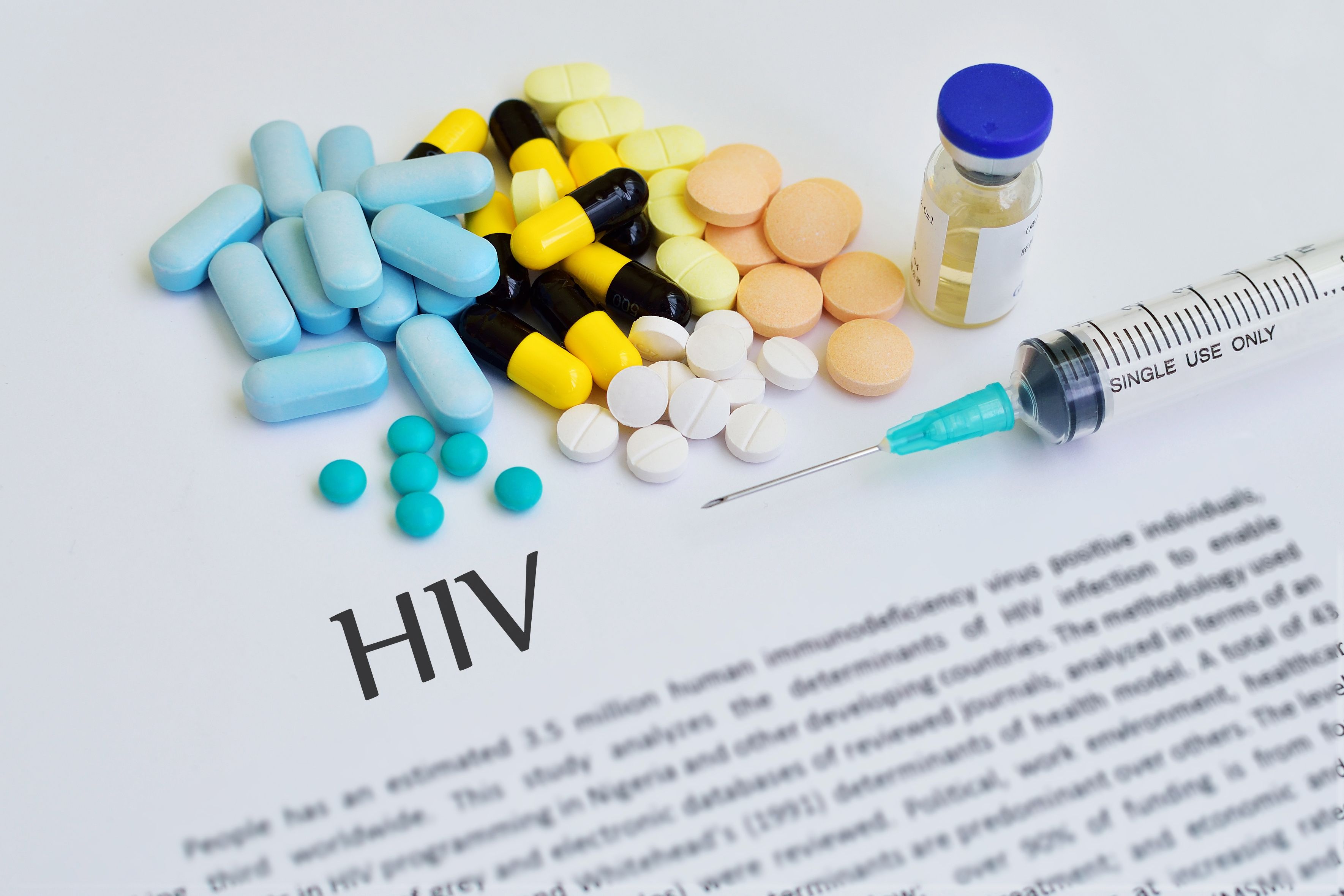Article
Unstable Housing Has Adverse Impact on Viral Suppression, CD4 Cell Count in HIV Population
Author(s):
Unstable housing among the HIV population is associated with decreased probability of viral suppression and adequate CD4 cell count. It also lowers the likelihood of mental health/counseling, visiting a healthcare provider, and engaging in continuity of care.
The health effects of socioeconomic factors, such as unstable housing and homelessness, are well-documented. Narrowing in on the HIV population, researchers have determined that housing stability plays an important role in both viral suppression and CD4+ T-cell count.
The study of more than 3000 people living with HIV found that unstable housing significantly reduces the likelihood of viral suppression, as well as the likelihood of having an adequate CD4 cell count, highlighting the need for efforts to improve housing assistance and accessibility for the patient population.
Viral suppression has become a crucial goal for ending the epidemic as those who are virally suppressed cannot transmit the disease. Long-term HIV suppression also reduces the incidence of AIDS-defining cancer and non—AIDS-defining cancer.
To read more about the impact of viral suppression, click here.
“Unstable housing may be a barrier to adherence and a risk factor for unsuppressed viral load, which increases morbidity and mortality as well as likelihood of transmitting HIV to sexual partners, needle-sharing partners, and infants,” wrote the researchers of the study.
The researchers assessed panel data from 1995 to 2015 from the Women’s Interagency HIV Study sites in Bronx and Brooklyn, New York; Chicago, Illinois; Los Angeles and San Francisco, California; and Washington, DC. The data included baseline assessments and follow-up visits every 6 months.
Patients were considered to have unstable housing if they reported living on the street/beach, shelter/welfare hotel, jail/correctional facility, or halfway house.
The researchers also measured allocations for Housing Opportunities for People With AIDS (HOPWA), which provides housing assistance for the patient population and represents the actual availability of housing assistance for people living with HIV at the metropolitan area level. Allocations are based on newly diagnosed HIV infections per year. The data were collected from publicly available datasets.
As expected, increased HOPWA funding allocations were associated with a lower probability of unstable housing. The effects of unstable housing on clinical outcomes were significant, with unstable housing decreasing the probability of viral suppression by 51% and decreasing the probability of having adequate levels of CD4 cell counts by 53%.
Broader impacts were also found, with unstable housing reducing use of mental health/counseling by 25%, visiting a healthcare provider by 37%, and engaging in continuity of care by 76.3%.
“The findings suggest that increasing efforts to improve housing assistance, including HOPWA, and other interventions to make housing more affordable for low-income populations, and HIV-positive populations in particular, may be warranted not only for the benefits of stable housing, but also to improve HIV-related biomarkers,” wrote the authors.
Reference:
Galarraga O, Rana A, Rahman M, et al. The effect of unstable housing on HIV treatment biomarkers: an instrumental variables approach. Soc Sci Med. doi: https://doi.org/10.1016/j.socscimed.2018.07.051.
2 Commerce Drive
Suite 100
Cranbury, NJ 08512
© 2025 MJH Life Sciences® and AJMC®.
All rights reserved.





